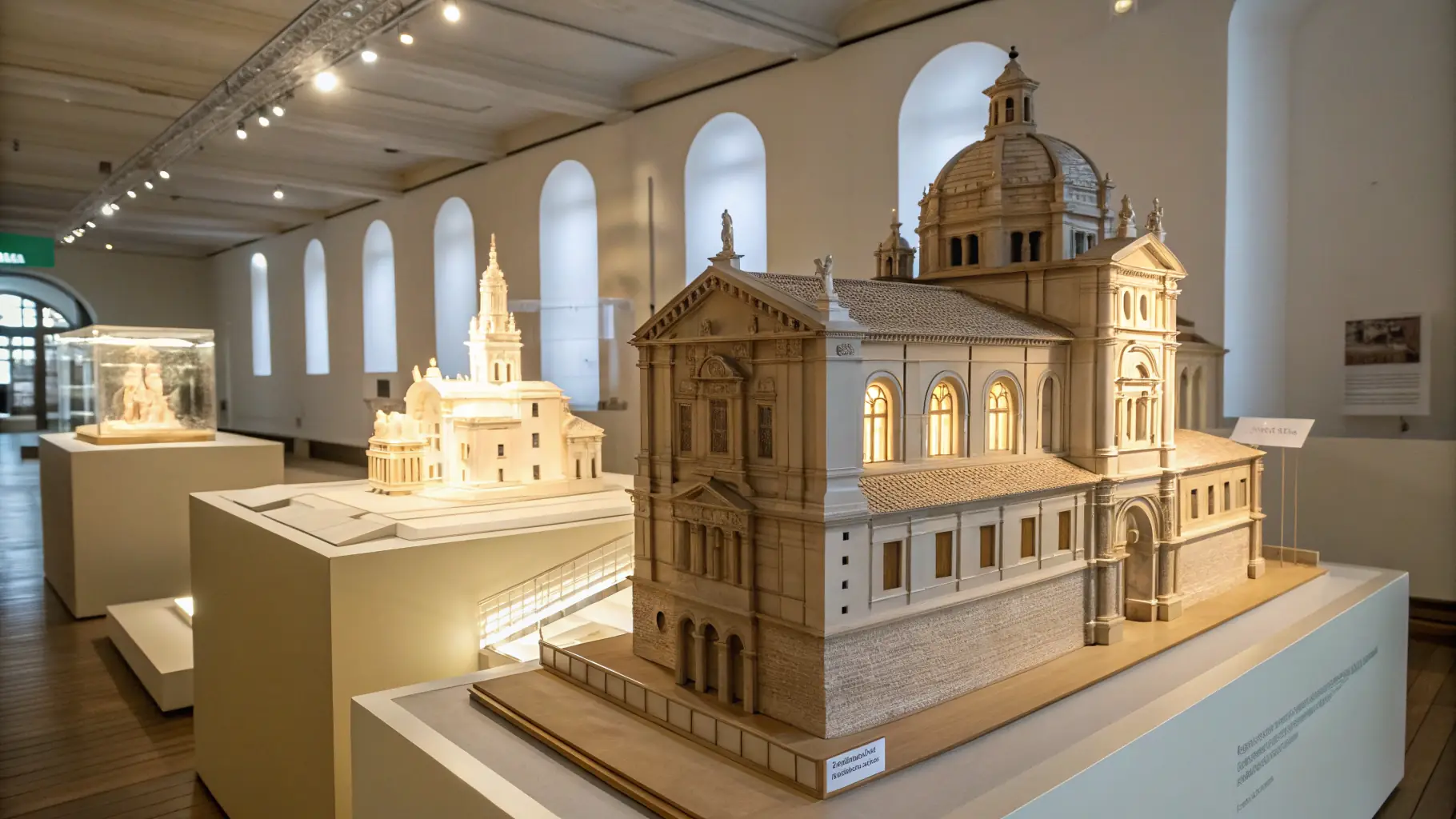3D scanning is rapidly transforming the architectural design process, offering unprecedented levels of precision and efficiency in capturing and modeling complex structures. It allows architects to create highly accurate digital models of existing buildings or sites, enabling detailed analysis and modifications. This technology is particularly useful in heritage preservation and restoration projects. The process is significantly faster than traditional methods, saving valuable time and resources. By utilizing 3D scanning, architects can create detailed 3D models of existing buildings, allowing for modifications and improvements. This process is particularly beneficial for reverse engineering, where the goal is to understand the design of an existing structure. The ability to capture complex geometries with high accuracy is a significant advantage. This technology is also useful for creating digital twins of buildings, enabling virtual testing and simulations. The integration of 3D scanning into the architectural workflow offers numerous advantages. It enhances the accuracy and efficiency of the design process, leading to better buildings. The technology is also cost-effective in the long run, as it reduces the need for manual measurements and revisions. Furthermore, 3D scanning enables architects to explore innovative design concepts and iterate quickly, ultimately leading to more creative and effective solutions. This technology is transforming the way buildings are designed and constructed, offering unprecedented levels of precision and efficiency.
3D Scanning for Architectural Design: Precision and Efficiency
3D scanning is revolutionizing architectural design, offering unprecedented levels of precision and efficiency in capturing



